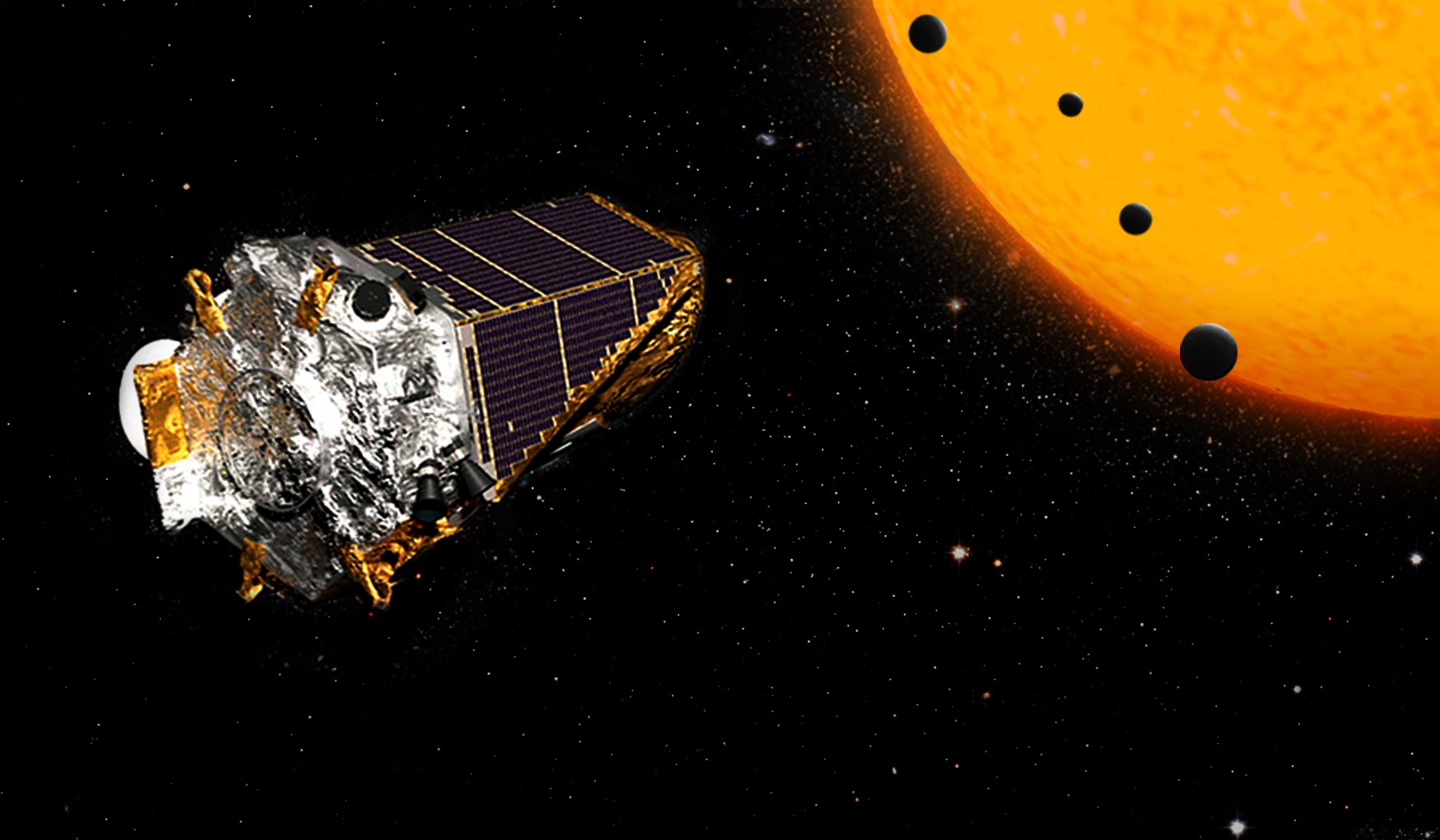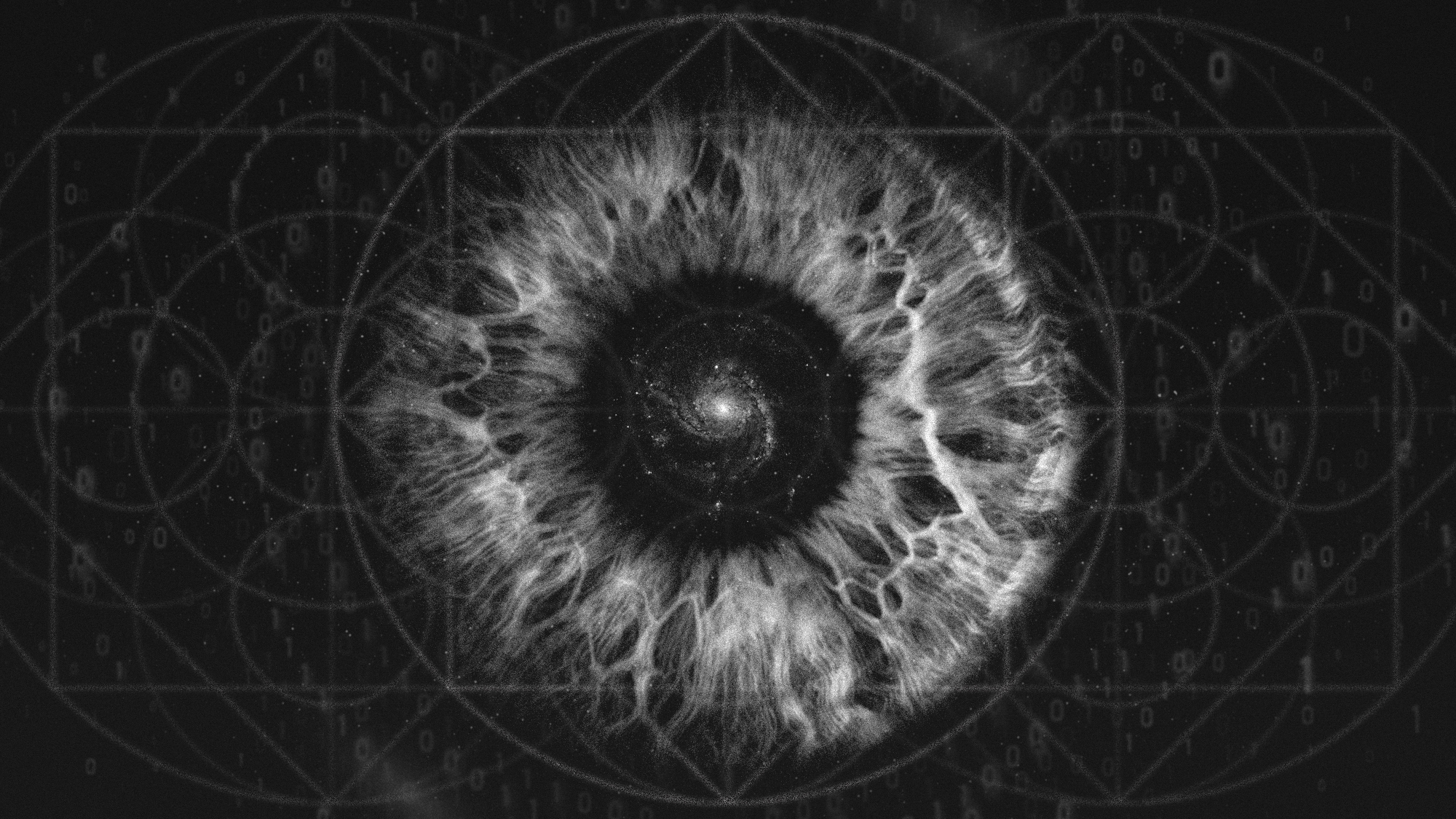Nasa and Google uncover solar system similar to our own
Scientists have used artificial intelligence to discover an eighth planet circling a distant star

Nasa has announced that its Kepler space telescope has found an alien solar system with as many planets as our own.
The eight worlds were found to be orbiting a previously identified star called Kepler-90, The Independent reports. The star has similar characteristics to our own sun.
While the star and its family of planets were already “known about”, says the Independent, the breakthrough came when scientists found the eighth and final world.
The Week
Escape your echo chamber. Get the facts behind the news, plus analysis from multiple perspectives.

Sign up for The Week's Free Newsletters
From our morning news briefing to a weekly Good News Newsletter, get the best of The Week delivered directly to your inbox.
From our morning news briefing to a weekly Good News Newsletter, get the best of The Week delivered directly to your inbox.
According to Alphr, the discovery means the distinct solar system is similar to our own in having the highest number of planets orbiting a single star.
Nasa says the exoplanet, which has been dubbed Kepler-90i, is both “rocky” and “sizzling hot.” It orbits the host star once every 14.4 days.
Andrew Vanderburg, a researcher at Nasa, says: “The Kepler-90 star system is like a mini version of our solar system. You have small planets inside and big planets outside, but everything is scrunched in much closer.”
The exoplanet was discovered using Google’s artificial intelligence (AI) systems, the US space agency says. These were trained by scientists to identify alien planets through data gathered by the Kepler telescope.
A free daily email with the biggest news stories of the day – and the best features from TheWeek.com
Since the Kepler mission launched in 2009, Forbes says the telescope has gathered data on around 150,000 stars.
It’s almost impossible for scientists to manually sift through these findings, the website says, but the process is made possible thanks to Google’s AI programme.
Nasa to announce ‘breakthrough’ discovery
12 December
Nasa will this week reveal a “breakthrough discovery” in its hunt for planets containing life, the space agency has announced.
The discovery has been made using Nasa’s Kepler telescope - a space observatory launched in 2009 to find planets that can support life - and artificial intelligence (AI) systems from Google, The Independent reports.
Little is known about Google’s involvement with Nasa, but according to the International Business Times, the tech giant’s AI may have been used to develop “a new way of analysing data from the Kepler spacecraft”.
Nasa says Google’s AI operates by employing machine learning, a process where the programme teaches itself how to analyse data.
“Google’s machine learning approach to artificial intelligence is considered the world’s pioneering application in the field,” adds the IBS website.
Tech Times says the Kepler telescope has already found “several planets” that could support life.
These planets are located in an area referred to as the Goldilocks Zone, where it is “neither too hot nor too cold to allow liquid water to flow”, the site says.
However, many such planets are too far away for Nasa to launch a satellite or crewed missions to investigate them.
Nasa’s news conference will be live-streamed on its website on 14 December at 6pm GMT.
-
 How will China’s $1 trillion trade surplus change the world economy?
How will China’s $1 trillion trade surplus change the world economy?Today’s Big Question Europe may impose its own tariffs
-
 ‘Autarky and nostalgia aren’t cure-alls’
‘Autarky and nostalgia aren’t cure-alls’Instant Opinion Opinion, comment and editorials of the day
-
 Japan’s Princess Aiko is a national star. Her fans want even more.
Japan’s Princess Aiko is a national star. Her fans want even more.IN THE SPOTLIGHT Fresh off her first solo state visit to Laos, Princess Aiko has become the face of a Japanese royal family facing 21st-century obsolescence
-
 Separating the real from the fake: tips for spotting AI slop
Separating the real from the fake: tips for spotting AI slopThe Week Recommends Advanced AI may have made slop videos harder to spot, but experts say it’s still possible to detect them
-
 Inside a Black community’s fight against Elon Musk’s supercomputer
Inside a Black community’s fight against Elon Musk’s supercomputerUnder the radar Pollution from Colossal looms over a small Southern town, potentially exacerbating health concerns
-
 Poems can force AI to reveal how to make nuclear weapons
Poems can force AI to reveal how to make nuclear weaponsUnder The Radar ‘Adversarial poems’ are convincing AI models to go beyond safety limits
-
 Has Google burst the Nvidia bubble?
Has Google burst the Nvidia bubble?Today’s Big Question The world’s most valuable company faces a challenge from Google, as companies eye up ‘more specialised’ and ‘less power-hungry’ alternatives
-
 Spiralism is the new cult AI users are falling into
Spiralism is the new cult AI users are falling intoUnder the radar Technology is taking a turn
-
 AI agents: When bots browse the web
AI agents: When bots browse the webfeature Letting robots do the shopping
-
 Is AI to blame for recent job cuts?
Is AI to blame for recent job cuts?Today’s Big Question Numerous companies have called out AI for being the reason for the culling
-
 ‘Deskilling’: a dangerous side effect of AI use
‘Deskilling’: a dangerous side effect of AI useThe explainer Workers are increasingly reliant on the new technology
